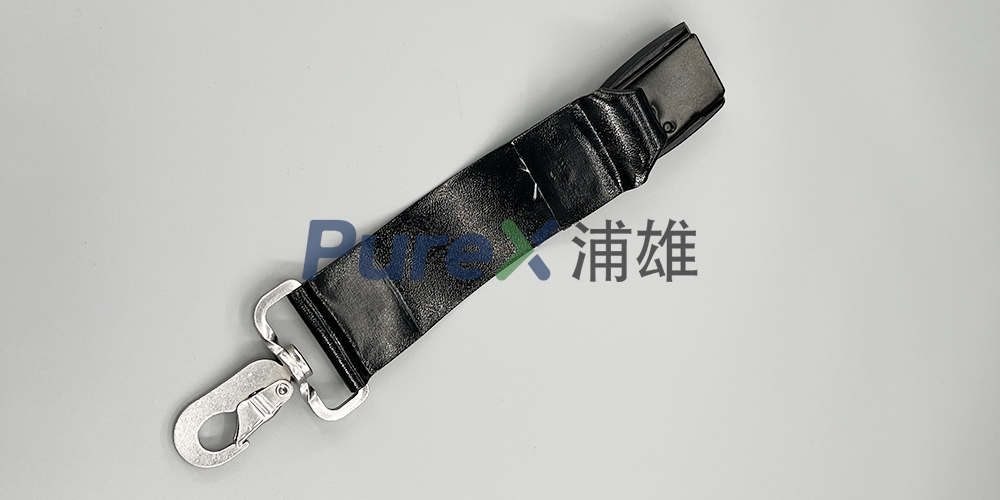
The polyester fiber (polyester) welding hot press is a special equipment designed for synthetic fiber materials such as polyester. Its core function is to achieve the welding or compounding of materials through the hot pressing process. The following is an analysis from four aspects: equipment principle, application scenario, technical characteristics and purchase recommendations:
1. Equipment principle and function
The polyester fiber welding hot press melts and reorganizes the molecular chain of polyester materials under high temperature and high pressure by heating and pressurizing, thereby achieving a firm combination of materials. Its core components include:
1. Heating system: Using electric heating or oil heating, the temperature of the hot pressing plate is accurately controlled near the melting point of the polyester material (usually 200-250℃).
2. Pressure system: Provide stable pressure (usually 1-5 MPa) through hydraulic or pneumatic devices to ensure that the materials are fully contacted in the molten state and eliminate bubbles.
3. Mold design: Customize the mold according to the shape of the product to ensure the accuracy and consistency of the welding part.
2. Typical application scenarios
1. Textile lamination: In the fields of outdoor products, automotive interiors, etc., polyester fabrics need to be laminated with films such as TPU and EVA to improve waterproof and breathable properties. The hot press ensures that there are no bubbles or stratification between the composite layers by precisely controlling the temperature and pressure.
2. Industrial product manufacturing: In the production of industrial products such as safety belts and ropes, the hot press is used to achieve the overlap or end welding of polyester ropes, and the strength of the weld can reach more than 80% of the material body, meeting the high-intensity use requirements.
3. Technical characteristics and advantages
1. Efficient welding: The hot pressing process can achieve molecular-level fusion of polyester materials, with high weld strength and good durability, which is suitable for scenes with high connection strength requirements.
2. Convenient operation: Modern hot presses are usually equipped with intelligent temperature control systems and pressure regulating devices, which can preset process parameters and reduce the operating threshold.
3. Wide applicability: In addition to polyester, it can also be used for welding synthetic fiber materials such as nylon and polypropylene to meet diversified production needs.